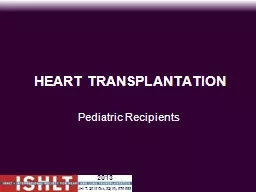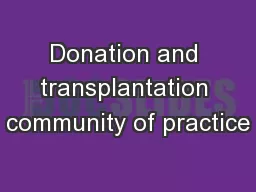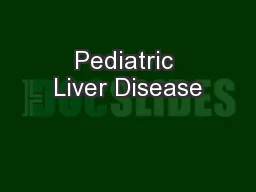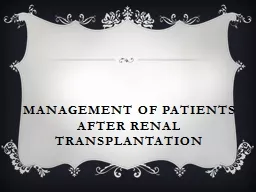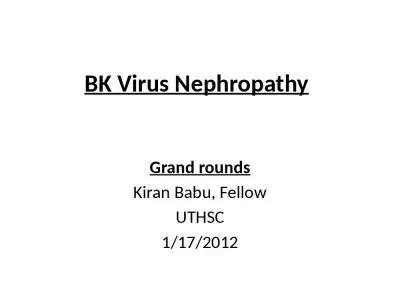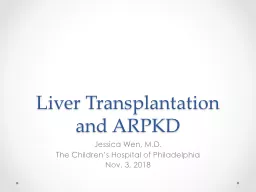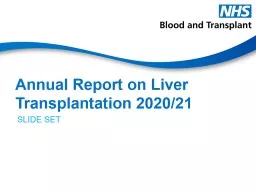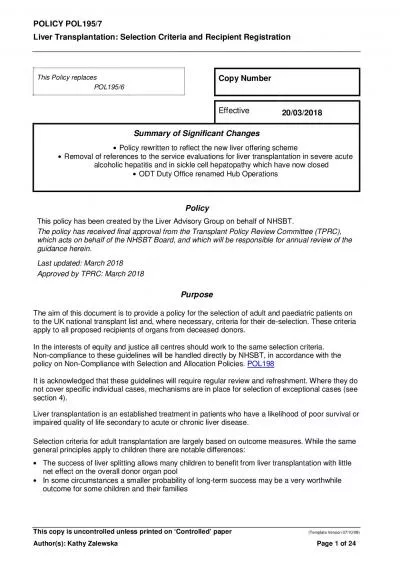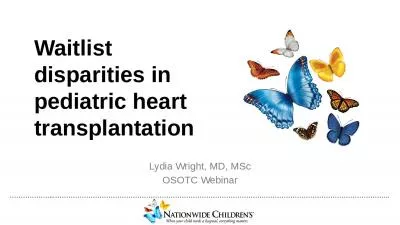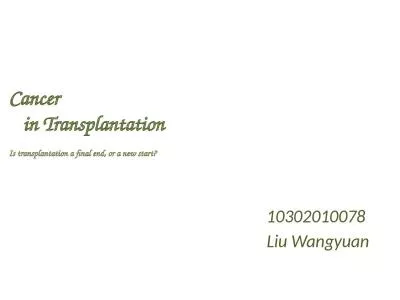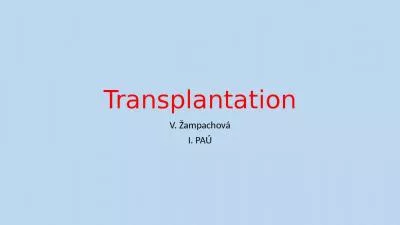PPT-HEART TRANSPLANTATION Pediatric Recipients
Author : eurolsin | Published Date : 2020-06-15
JHLT 2013 Oct 3210 979988 2013 Donor Recipient and Center Characteristics JHLT 2013 Oct 3210 979988 2013 Pediatric Heart Transplants Number of Centers Reporting
Presentation Embed Code
Download Presentation
Download Presentation The PPT/PDF document "HEART TRANSPLANTATION Pediatric Recipien..." is the property of its rightful owner. Permission is granted to download and print the materials on this website for personal, non-commercial use only, and to display it on your personal computer provided you do not modify the materials and that you retain all copyright notices contained in the materials. By downloading content from our website, you accept the terms of this agreement.
HEART TRANSPLANTATION Pediatric Recipients: Transcript
Download Rules Of Document
"HEART TRANSPLANTATION Pediatric Recipients"The content belongs to its owner. You may download and print it for personal use, without modification, and keep all copyright notices. By downloading, you agree to these terms.
Related Documents

